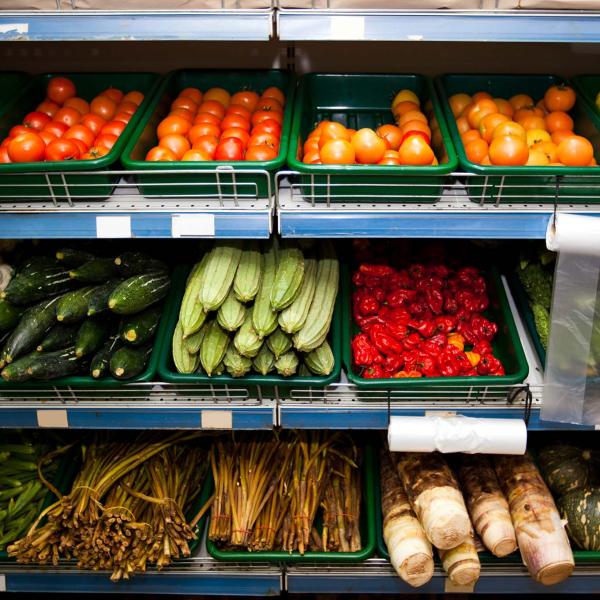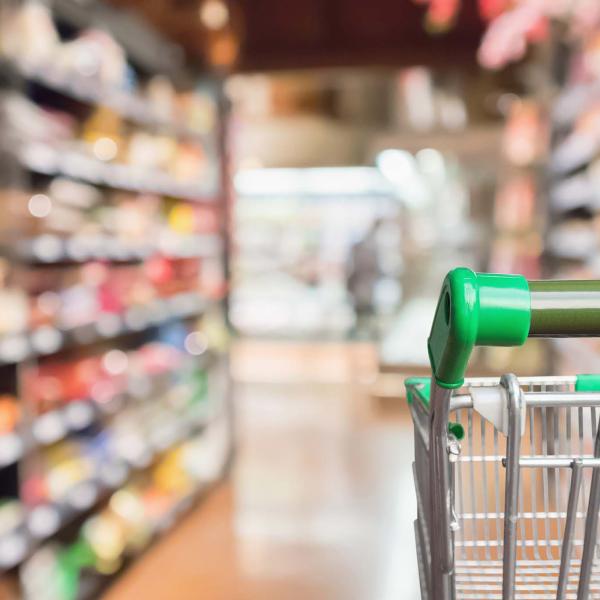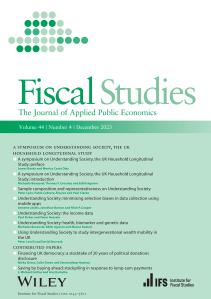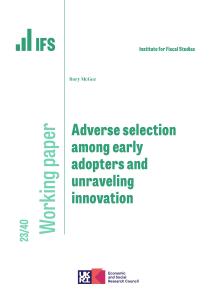Since 2007, food and drink products that are high in fat, sugar or salt have been banned from being advertised during television aimed at children. The government has today launched a consultation on extending these restrictions to include all television advertising for such products before the 9pm watershed, as well as introducing similar restrictions online.
Why restrict advertising?
There is large concern about the high levels of childhood obesity in the UK, with nearly a third of children now being classed as overweight or obese. Advertising restrictions are one of a number of policies aimed at reducing children’s consumption of unhealthy foods.
The rationale for such policies rests on the existence of certain costs that children do not fully take into account at the point of consumption. If it were the case that everyone was fully aware of the negative health consequences of eating badly, and this did not have any cost to wider society, then there would be no role for government intervention.
However, this is unlikely to be the case. Obesity and other diet-related diseases increase the burden on the NHS, which creates costs for society more broadly. It’s also the case that children (or parents acting on their behalf) may not be fully informed about the consequences of poor diet, or may lack self-control, which means they make choices they later regret. There is also evidence that children are less able to discern the persuasive intent of advertising, which means that advertising itself may contribute to children not appropriately weighing up the costs and benefits of their choices.
If advertising increases consumption of unhealthy food, then restricting advertising is potentially one way to reduce consumption.
70% of the television advertising for unhealthy food and drink that children see is before the watershed
Banning the advertising of unhealthy food and drink before the 9pm watershed would directly impact a large portion of the television advertising that children currently see. In 2015, 70% of the television advertising of food and drinks high in fat, sugar or salt, and for restaurants and bars (most of which was for fast food chains) that children saw was shown before the 9pm watershed. It is likely that the ban would lead to a substantial reduction in the adverts for unhealthy food and drink seen by children.
How firms respond to restrictions would be a key determinant of the reduction in children’s exposure to advertising of unhealthy food and drinks
However, it is unlikely that extending restrictions would lead to a 70% reduction in children’s exposure to adverts for unhealthy food and drinks. This is because firms would be likely to increase their advertising of these products after the watershed or on other types of media, and some of these adverts would be seen by children.
Research has shown that this happened before. Following the introduction of the 2007 ban on advertising food and drink that are high in fat, sugar or salt during children’s television, restricted adverts were shifted from children’s television to unrestricted non-children’s television. In 2015, 95% of the high fat, sugar and salt food and drink brands that were advertised on television were advertised both before and after the watershed. This shows that, even without restrictions, many firms choose to advertise their products both pre and post-watershed. It is therefore likely that, were restrictions extended to include all television advertising aired before the watershed, firms would respond by shifting some portion of restricted adverts to after the watershed (or to other types of media). Given that many children continue to watch television after the watershed this would offset some of the reduction in their advertising exposure. In the hour after the 9pm watershed, the average audience consists of over 1 million children, two thirds of whom are aged 10-15.
Even without shifting the timing of their adverts, the specific design of the restrictions may allow firms to continue to promote unhealthy products. The current regulations restrict advertising that promotes food and drink products that are high in fat, sugar or salt. However, in some cases advertising a specific product that is not high in fat, sugar or salt may have the effect of increasing purchases of other similar products that are high in fat, sugar, or salt. For example, fast food restaurants are permitted to run adverts during children’s television as long as they advertise products that are not high in fat, sugar or salt – for example, carrots. The degree to which restrictions would be effective therefore also depends on the extent to which such brand-level advertising increases demand for other, less healthy, products offered by such firms.
Acknowledgments
This Observation draws on independent research published in a report prepared for the Obesity Policy Research Unit, which is commissioned and funded by the Policy Research Programme of the National Institute for Health Research. The authors also gratefully acknowledge financial support from the European Research Council (ERC) under ERC-2015-AdG-694822, the Economic and Social Research Council (ESRC) under the Centre for the Microeconomic Analysis of Public Policy (CPP), RES-544-28-0001, and the Open Research Area, ES/N011562/1, and the British Academy under pf160093.











